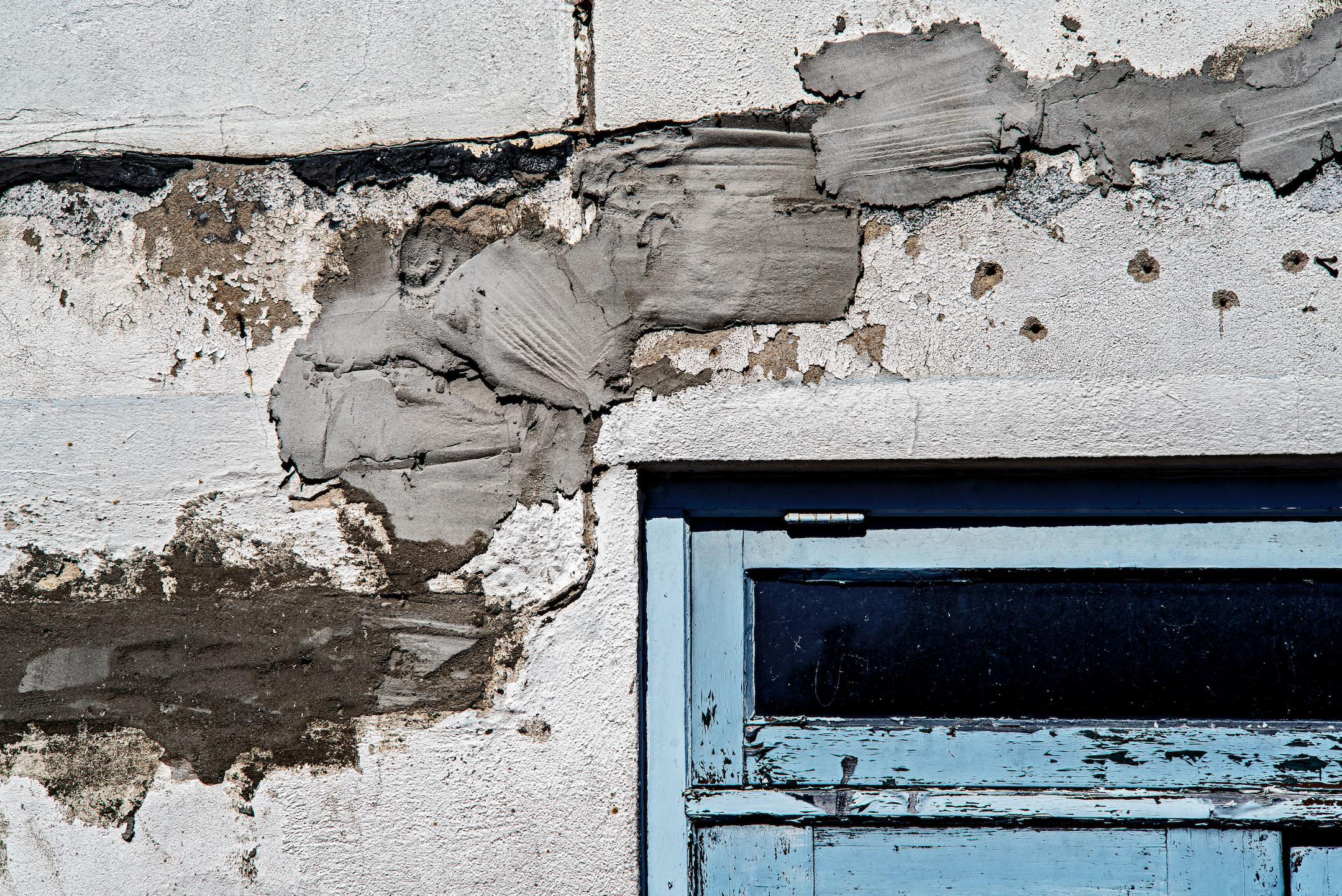
Stucco is a popular exterior finish for homes and buildings, and for good reason. It's durable, fire-resistant, and can provide excellent insulation. However, for stucco to perform at its best, it needs to go through the proper curing phases.
Curing is the process of allowing the stucco to dry and harden to its full strength. This is a critical step that should not be rushed. If the stucco is not cured properly, it can lead to a range of problems down the line, including cracking, delamination, and poor adhesion.
So why is curing so important? Here are a few key reasons:
Now that we understand the importance of curing, let's discuss in more detail how curing affects the strength, adhesion, and appearance of stucco.
Strength
The strength of stucco is critical to its performance as an exterior finish. Stucco is often exposed to harsh weather conditions such as rain, snow, and extreme temperatures. It is also subject to damage from impacts and other external forces. A poorly cured stucco surface will be more susceptible to cracking and other forms of damage.
When stucco is first applied, it is wet and pliable. As it dries, it hardens and becomes more rigid. The longer the stucco is allowed to dry, the stronger it will become. This is because the curing process allows the stucco to fully bond with the surface it is applied to. If the stucco is not cured properly, it may not fully bond with the surface, leading to a weaker finish.
Adhesion
Proper adhesion is critical for the long-term performance of stucco. Stucco that does not adhere properly to the surface it is applied to can separate or crack over time. This can lead to water infiltration, which can cause damage to the underlying structure. Proper curing is essential for ensuring good adhesion.
When stucco is first applied, it is wet and pliable. As it dries, it hardens and becomes more rigid. During this process, the stucco bonds with the surface it is applied to. If the stucco is not allowed to cure properly, it may not fully bond with the surface. This can lead to a weaker and less durable finish.
Appearance
In addition to strength and adhesion, proper curing is also important for the appearance of stucco. A poorly cured stucco surface may develop discoloration or other imperfections that can be difficult to correct. This can be unsightly and can detract from the overall appearance of a building.
Proper curing allows the stucco to dry uniformly and without blemishes, resulting in a smooth, consistent surface. This is especially important for buildings with multiple finishes or colors, where any inconsistencies in the stucco finish will be more noticeable.
So, how can we ensure that stucco goes through the proper curing phases? Here are a few tips:
In conclusion, curing is a critical step in the stucco installation process. Proper curing ensures that the stucco is strong, adheres well to the underlying surface, and looks good. By following the tips outlined above and working with a reputable contractor, you can help ensure that your stucco finish is long-lasting and attractive.